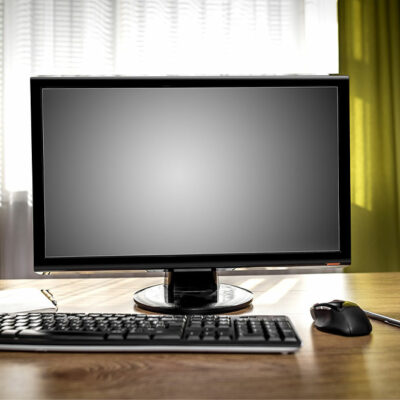
8 factors to consider before choosing a new garden fence
Many individuals decide to install a garden fence for reasons including privacy and security purposes, such as protecting flowers and crops from animals and complementing the style of their yard. And there is a wide variety of styles that one could choose from across various in-store and online retailers. However, the purchasing process isn’t as simple as it looks. Here are seven key things to consider when choosing a new fence for the garden.
Security
When selecting a fence for the garden, it is important to determine whether it is needed for security purposes. This could include keeping animals out of the backyard. In this case, one should research the types of animals that may enter the garden in their area and protect the space accordingly. For example, the individual might require a rabbit guard for smaller rodents or a welded-wire fence for larger animals. One may also need to look for fences that can turn the garden into a safe and secure environment for kids and domesticated pets like dogs to play.
Privacy
Apart from security, it is equally important for one to focus on the privacy of their garden space. If the garden is in the front yard or next to a neighbor’s garden, putting up a fence might come in handy. Moreover, the type of material the user picks will depend on how secluded they intend to make the garden space. For instance, closed-board wood panels help create secluded regions, while black railing fences offer less privacy. One should also bear in mind that a private fence around the garden may obstruct the view into the yard. But if the individual has areas in the backyard they do not want to see, the fences could hide unattractive items, including garbage cans, compost heaps, or electrical boxes.
Style
Whether one picks fences for security or privacy, the material used is going to affect the style of the garden. Black rail fencing is a great option for a sophisticated, urban style for a small garden. On the contrary, if the backyard has a more country-style theme, one could go with a wooden fence to make it blend with the space. Semi-solid wooden fencing may also allow more light to pass through the gaps in the fence. Therefore, one should pick fencing material that can match the theme of their garden and backyard. Some people can also opt for composite fencing options as these are more eco-friendly. This type is made largely from recycled materials and is durable. Moreover, composite fencing is also said to be long-lasting, moisture-resistant, and low-maintenance.
Maintenance
A fence that is put up in the garden isn’t an eternal installation. The backyard essentials will require repairs and replacement from time to time. Therefore, when selecting a fence for the backyard, it is important to consider how much one is willing to spend on its maintenance. Plastic and metal garden fences are suitable for those who want to spend less on maintenance. On the other hand, wood fences usually require a lot of care and need to be sealed with preservatives and painted every couple of years to prevent material decay. Therefore, one should consider these factors before spending on a new fence for the garden.
Weather conditions
The weather conditions in an area are often overlooked by several people who have fences installed around the garden. Neglecting this factor might cost them more on maintenance work or fence replacements in the long run. While most fencing options are weatherproof, they might be susceptible to damage from heavy inclement conditions, such as strong winds, heavy rains, and storms. People who live at higher altitudes or in coastal locations are more likely to experience such conditions and consider it when picking fencing panels. Trellis panels might do better in locations with heavy winds, as there is less potential for the entire fence to be blown down.
Types of plants
When installing a fence, an individual also needs to account for the type of plants they have in the backyard. Those who nurture climbing plants in the backyard could pick openwork fencing. This type of fencing is also suitable for smaller gardens that require the maximum amount of space for plants to flourish. For instance, those with limited space might need to get close to the fence to weed the garden. In this situation, openwork fencing could make accessing narrow spaces easy and less constraining. Other types of openwork fencing include wires between wood timbers or black rail fences. Once the individual has determined the type of material for the fence, they could purchase and install it or hire a professional to get the job done.
Rules and regulations
Most people want to install fencing around their gardens but fail to assess the rules and regulations for carrying out the work. These individuals must check for boundaries and restrictions and ensure they do all the research where documentation is concerned. The person must also check with their local regulatory office to determine if they are legally allowed to install fencing around their garden. Moreover, one could also speak to their neighbors and let them know their thoughts and ideas to avoid any disruptions and inconveniences that may arise in the near future.
Budget
While all of the above factors are essential to consider for installing a fence, budget is the most crucial element. That’s because, without proper budgeting, one might overspend on the materials and not have enough for maintenance later on. The individual also needs to account for the cost of disposing of the older fence, if any, and if skips or can hire is required to get the job done. Other factors that one might need to consider are any unforeseen expenses that come up during the course of the job, including damages or new last-minute additions. One should note that the average cost of a professionally installed fence is about $2,800, ranging from $400 to $9,200. Multiple factors may determine the cost, such as the size and type of fence and the yard’s slope.


